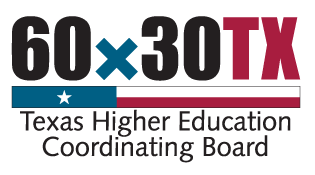Have you ever gone frame shopping for a piece of art? Frame choice can enhance or detract from the picture – color, matting, style, and size can affect how the art is perceived.
Our job as recommendation letter writers is to frame the essence of the student. College admissions officers are shown galleries of wonderful students, but rec letter writers can showcase them so that they shine.
Here are some framing basics to keep in mind before you write:
- Recommendations are important, but they do not trump the transcript and test scores.
- Recommendation writers are not graded on their writing ability! Some colleges have forms you can fill out with short, detailed answers instead of a letter.
- Keep it to one page, single spaced, with an easy-to-read font (like Times New Roman).
- Approach the recommendation like a story, and make the student the main character.
- Do not simply tell me: show me with supporting adjectives and at least one specific example.
- Avoid redundancy with a Thesaurus and positive adjectives.
- Ask a colleague to proofread your writing before submitting.
It’s also helpful to brainstorm a quick list of what you want to focus on and how to back up your recommendation, including key qualities about the student that you intend to communicate (i.e., intellectual, personal), and some examples you can share to illustrate your points.
Add some matting under your frame to add interest:
- State who you are, how you know the student, and what makes you qualified as a recommender.
- Use an opening anecdote to grab the reader and keep that reader engaged until the end.
- Introduce what’s to come in your letter about the student. If it’s for a specific program, mention that here.
- One or two beefy anecdotes are significantly more helpful than regurgitating information found in other parts of the application.
Now add some flourish to your frame that makes the student shine:
- If you’re a counselor writing the recommendation, share a specific moment of growth in high school or in the community that is not in the student’s resume.
- If you’re a teacher writing the recommendation, share an anecdote from a class when the student was fully engaged, displayed specific strengths, or demonstrated grit.
- Share an example of how the student has taken up a project, an interest or hobby, a school opportunity, or a family commitment that was enriching or inspiring. Explain how the student grew from the experience.
Spotlight other key components:
- Give context concerning any severe obstacles the student has risen above.
- Provide a perspective of how the student fits into the fabric of the school and community.
- Share how the student has grown and matured academically and/or personally during their high school career.
How do I know what to frame?
- Use a senior profile/brag sheet to find out about student interests, hobbies, activities, academic strengths, and contributions to the school/community.
- Ask teacher(s) for a moment, a subject, a topic, or a unit where the student excelled. What impressed the teacher?
- Talk to the student about what classes they find most riveting, their academic strengths, their favorite teacher(s), and what problems they would like to solve.
Avoid framing the unnecessary, including the student’s GPA, list of classes, test scores, and list of extracurricular activities.
Universities request rec letters from teachers and counselors for insight into our unique perspectives about the student. Let’s create frames that enhance those applications!
For more information and tips on college applications, be sure to visit our page on everything you need to know about college planning.





